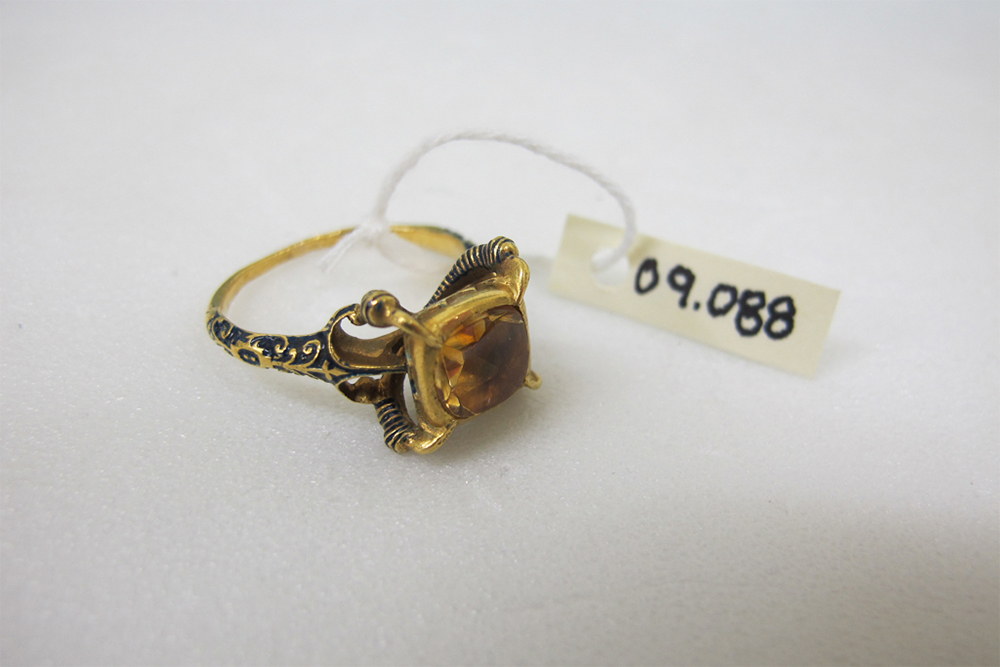SEI Research Fellow Christopher Roberts examines Providence’s historical connections to slavery and colonialism and their impact on the present day.
Recasting the Dutch Golden Age

Assistant Professor Jane’a Johnson began her two-year Social Equity & Inclusion fellowship at RISD just after Minneapolis police murdered George Floyd, catalyzing the Black Lives Matter movement and flooding news and social media feeds with images of outraged demonstrators. She shared her expertise in race-related imagery as part of a series of virtual dialogues that kicked off the current academic year, encouraging students to consider how online images reflect who matters in our society and who doesn’t.
“We see Pan-African imagery... rise in popular culture in response to... the negative imagery that Black people are bombarded with all the time.”
The fellowship is a good fit for Johnson, an interdisciplinary scholar who thrives in creative environments. In addition to research, it affords her the opportunity to teach classes like the one she’s currently offering: Pan African Aesthetics. “We see Pan-African imagery like Beyonce’s Black Is King rise in popular culture in response to a desire for unity and finding a way out of the negative imagery that Black people are bombarded with all the time,” she says.

Johnson is currently working on a project in collaboration with the RISD Museum that examines the absence of Black faces in 17th-century Dutch Golden Age painting and how contemporary Black photographers from across the African diaspora are responding to that absence. “A portrait announces that a person is important and worthwhile,” she says, “in essence, that their life matters. We encounter these portraits in every museum collection, but we don’t think about the context in which they were created.”
“A portrait announces that a person is important and worthwhile—in essence, that their life matters.”
As Johnson explains, the classic portraits of ruffled and brocaded Europeans that dominate many museum collections were created during the Age of Exploration, when the Dutch and other white Europeans came to the New World to extract resources and build wealth through the slave trade. “Many of the ideas we’re stuck with now—like stereotypes about race and deeply unequal and exploitative economic systems—were formed at that time,” Johnson says.

She believes that the first step in eradicating such odious and dated ideas is to recognize their origins and consider alternative outlooks. “In other words,” she notes, “we have to go back before we can go forward.”
Although she’s physically based in her hometown of Sacramento, CA during the pandemic, Johnson is studying Golden Age pieces from the RISD Museum’s digital collection, such as Portrait of Antoine van Hilten and Portrait of a Boy, in tandem with brilliant modern twists on such works by Black photographers. One example is California-based artist Alanna Airitam, whose practice reflects on representation and identity and seeks to move beyond stereotypes “with honor and grace.”

Another aspect of Johnson’s project is exploring how certain objects made their way into RISD’s collection and where they came from. The topaz used to make the ring pictured above, for example, was probably mined in an early Dutch colony in Brazil.
“Lack of provenance frequently obscures the colonial origins of museum objects,” Johnson explains. “And it’s no coincidence that many of these pieces landed on America’s East Coast, which was a hotbed of competition for European colonial powers. The first corporation was the Dutch East India Company (VOC), which traded in slaves, among other goods.”
“The ultimate goal of my work is to provide a more accurate understanding of both history and the current era.”
But the heart of Johnson’s project lies in considering the portraits themselves, which she describes as “global assertions of power, dominance, material wealth and race. And you have to remember,” she adds, “that even though they didn’t appear in portraits, there were Black people living in the Netherlands at the time. The ultimate goal of my work is to provide a more accurate understanding of both history and the current era and to help people formulate a fuller picture of the world they live in.”
—Simone Solondz
February 4, 2021


